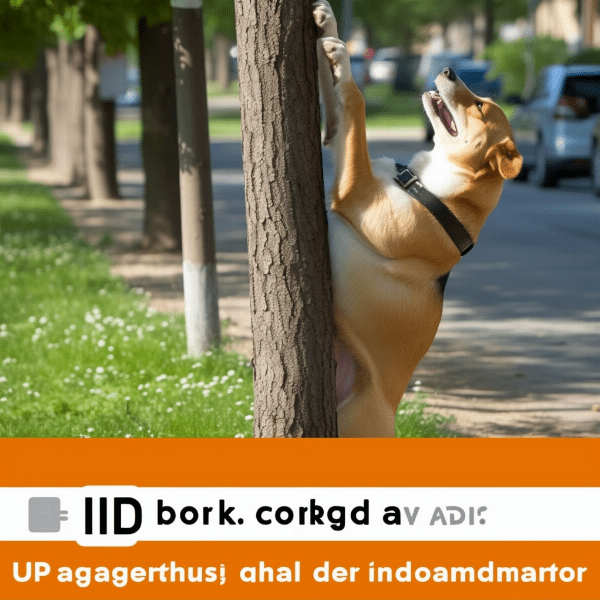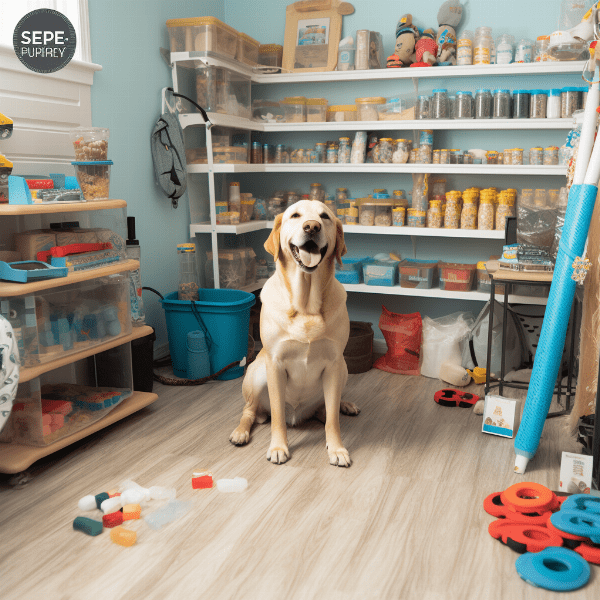Table of Contents
- Understanding the Behavior of Neutered Male Dogs
- Identifying the Triggers for Marking Inside the House
- Tips for Preventing Marking Behavior in Neutered Male Dogs
- Creating a Consistent Routine for Your Dog
- Providing Adequate Physical and Mental Stimulation
- Training Your Dog to Respond to Commands
- Using Positive Reinforcement Techniques to Reinforce Good Behavior
- Managing Your Dog’s Environment to Prevent Marking
- Consistency and Patience: Keys to Success
- When to Seek Professional Help for Your Dog’s Marking Behavior
Understanding the Behavior of Neutered Male Dogs
Neutering is a common procedure that involves the removal of the testicles in male dogs. This procedure can have a significant impact on a dog’s behavior, including marking behavior. Understanding why neutered male dogs mark inside the house is an important step in preventing this behavior from occurring.
The Role of Hormones in Marking Behavior
Marking behavior in male dogs is primarily driven by hormones. When a male dog reaches sexual maturity, his body produces high levels of testosterone, which can lead to the development of marking behavior. Neutering can reduce the amount of testosterone in a dog’s body, which can reduce marking behavior in some cases. However, neutering does not always completely eliminate the behavior.
The Motivation Behind Marking Behavior
Marking behavior is often used as a way for male dogs to communicate with other dogs. By marking their territory with urine, male dogs can establish boundaries and communicate their presence to other dogs in the area. However, marking behavior can also be motivated by anxiety or stress. If a dog is feeling anxious or stressed, marking can be a way for them to relieve their anxiety and feel more secure in their environment.
The Importance of Consistency in Preventing Marking Behavior
Preventing marking behavior in neutered male dogs requires a consistent approach to training and management. It is important to establish clear rules and boundaries for your dog, and to consistently reinforce these rules through positive reinforcement training techniques. In addition, managing your dog’s environment by limiting access to areas where marking has occurred in the past can help prevent the behavior from reoccurring.
Conclusion
In conclusion, understanding the behavior of neutered male dogs is crucial in preventing marking behavior in the house. While neutering can reduce marking behavior in some cases, it is important to establish consistent rules and boundaries for your dog, manage their environment, and use positive reinforcement training techniques to prevent the behavior from occurring.
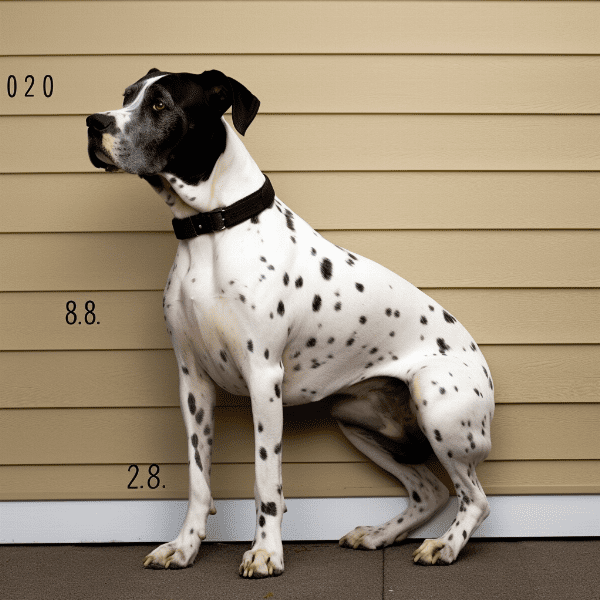
Identifying the Triggers for Marking Inside the House
Identifying the triggers for marking behavior in neutered male dogs is an important step in preventing the behavior from occurring. By understanding what causes your dog to mark inside the house, you can take steps to manage their behavior and prevent the behavior from reoccurring.
Environmental Triggers
Environmental triggers can play a significant role in triggering marking behavior in neutered male dogs. Dogs may mark inside the house in response to changes in their environment, such as the presence of new pets or people, or changes in the layout of the home. In addition, dogs may mark in response to the presence of other animals outside, such as neighborhood dogs.
Behavioral Triggers
In addition to environmental triggers, behavioral triggers can also contribute to marking behavior in neutered male dogs. Dogs that are bored, anxious, or stressed may be more likely to engage in marking behavior. In addition, dogs that have not been properly trained may not understand where it is appropriate to eliminate and may resort to marking inside the house.
Medical Triggers
In some cases, marking behavior in neutered male dogs may be triggered by underlying medical conditions. For example, dogs with urinary tract infections or bladder stones may experience discomfort or pain when urinating, leading them to avoid using the bathroom outside. In addition, dogs with diabetes or other metabolic disorders may experience increased thirst, leading to more frequent urination and potential marking behavior.
Conclusion
In conclusion, identifying the triggers for marking behavior in neutered male dogs is an important step in preventing the behavior from occurring. Environmental triggers, behavioral triggers, and medical triggers can all contribute to marking behavior, and it is important to address these triggers through training, management, and potentially medical intervention. By understanding what causes your dog to mark inside the house, you can take steps to prevent the behavior and create a happier, healthier environment for you and your furry friend.

Tips for Preventing Marking Behavior in Neutered Male Dogs
Preventing marking behavior in neutered male dogs requires a combination of training, management, and patience. Here are some tips for preventing marking behavior in your dog.
Consistent Training
Consistent training is essential in preventing marking behavior in neutered male dogs. Start by establishing clear rules and boundaries for your dog, and consistently reinforce these rules through positive reinforcement training techniques. Teach your dog basic obedience commands, such as “sit,” “stay,” and “come,” and reinforce these commands regularly to establish your authority as the pack leader.
Adequate Exercise and Mental Stimulation
Adequate exercise and mental stimulation can help prevent marking behavior in neutered male dogs. Make sure your dog gets plenty of daily exercise, such as walks or runs, to burn off excess energy. In addition, provide your dog with mental stimulation through interactive toys, training exercises, and games that challenge their mind.
Management Techniques
Managing your dog’s environment can also help prevent marking behavior in neutered male dogs. Limit your dog’s access to areas where marking has occurred in the past, and use baby gates or crates to confine your dog when you are not able to supervise them. In addition, use deterrents such as bitter sprays or motion-activated alarms to discourage your dog from marking in specific areas.
Medical Intervention
In some cases, marking behavior in neutered male dogs may be triggered by underlying medical conditions. If you suspect that your dog’s marking behavior is caused by a medical issue, consult with your veterinarian to rule out any underlying health problems and discuss potential treatment options.
Conclusion
Preventing marking behavior in neutered male dogs requires a multi-faceted approach that includes training, management, and potentially medical intervention. By establishing clear rules and boundaries for your dog, providing adequate exercise and mental stimulation, managing your dog’s environment, and seeking medical intervention when necessary, you can prevent marking behavior and create a happier, healthier environment for you and your furry friend.

Creating a Consistent Routine for Your Dog
Establish a Regular Feeding Schedule
Establishing a regular feeding schedule is an important part of creating a consistent routine for your dog. Feed your dog at the same time every day, and provide them with a quiet, calm place to eat. This can help your dog feel more secure and reduce their anxiety.
Establish a Regular Exercise Schedule
In addition to a regular feeding schedule, it is important to establish a regular exercise schedule for your dog. Take your dog for walks or runs at the same time every day, and provide them with plenty of opportunities for physical activity. This can help burn off excess energy and reduce the likelihood of marking behavior.
Establish a Regular Bathroom Schedule
Establishing a regular bathroom schedule is also important in preventing marking behavior in neutered male dogs. Take your dog outside to use the bathroom at the same time every day, and provide them with plenty of opportunities to eliminate. This can help your dog understand where it is appropriate to eliminate and reduce the likelihood of marking behavior.
Consistent Training and Positive Reinforcement
Consistent training and positive reinforcement are also important in creating a consistent routine for your dog. Use positive reinforcement techniques to reinforce good behavior, and consistently reinforce rules and boundaries. This can help your dog understand what is expected of them and reduce their anxiety.
Conclusion
In conclusion, creating a consistent routine for your dog is an important part of preventing marking behavior in neutered male dogs. By establishing a regular feeding schedule, exercise schedule, and bathroom schedule, as well as providing consistent training and positive reinforcement, you can help your dog feel more secure and reduce the likelihood of marking behavior.
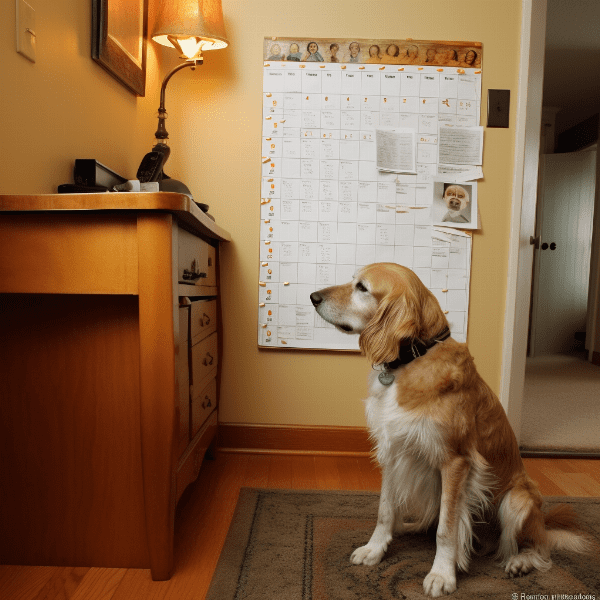
Providing Adequate Physical and Mental Stimulation
Providing adequate physical and mental stimulation is an important part of preventing marking behavior in neutered male dogs. Dogs that are bored or under-stimulated are more likely to engage in destructive behaviors, such as marking. Here are some tips for providing your dog with adequate physical and mental stimulation.
Daily Exercise
Daily exercise is essential in providing your dog with adequate physical stimulation. Take your dog for daily walks or runs, and provide them with plenty of opportunities for playtime and physical activity. This can help burn off excess energy and reduce the likelihood of marking behavior.
Interactive Toys and Games
Interactive toys and games can also provide your dog with mental stimulation. Puzzle toys, for example, can challenge your dog’s mind and help prevent boredom. In addition, games such as fetch and hide-and-seek can provide your dog with opportunities for playtime and interaction.
Training and Agility Exercises
Training and agility exercises can also provide your dog with mental stimulation. Teach your dog new tricks or commands, and provide them with opportunities to practice their agility skills. This can help keep your dog’s mind engaged and reduce the likelihood of marking behavior.
Playdates and Socialization
Playdates and socialization with other dogs can also provide your dog with physical and mental stimulation. Arrange playdates with other dogs, or take your dog to a dog park or other dog-friendly location. This can help your dog socialize with other dogs and burn off excess energy.
Conclusion
In conclusion, providing your dog with adequate physical and mental stimulation is an important part of preventing marking behavior in neutered male dogs. Daily exercise, interactive toys and games, training and agility exercises, and playdates and socialization can all provide your dog with the stimulation they need to stay happy and healthy. By keeping your dog physically and mentally engaged, you can reduce the likelihood of destructive behaviors such as marking.
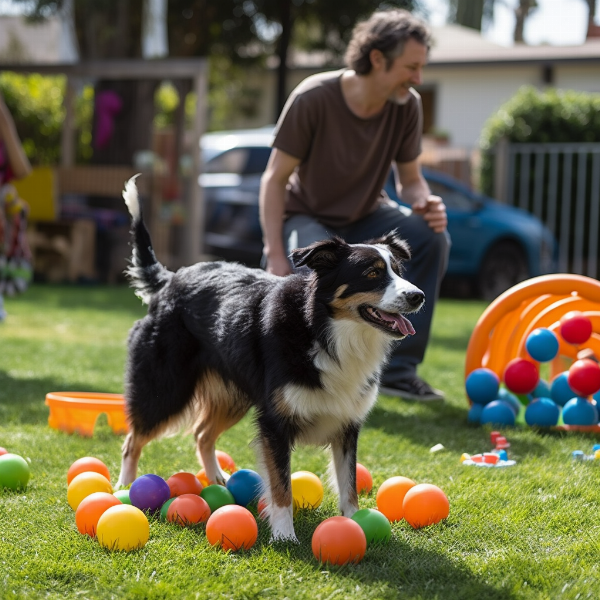
Training Your Dog to Respond to Commands
Training your dog to respond to commands is an important part of preventing marking behavior in neutered male dogs. By teaching your dog basic obedience commands, you can establish your authority as the pack leader and prevent undesirable behaviors, such as marking. Here are some tips for training your dog to respond to commands.
Start with Basic Commands
Start with basic commands, such as “sit,” “stay,” and “come.” Use positive reinforcement techniques, such as treats and praise, to reward your dog for good behavior. This can help your dog learn the basic commands and establish your authority as the pack leader.
Conclusion
In conclusion, training your dog to respond to commands is an important part of preventing marking behavior in neutered male dogs. Start with basic commands, be consistent, use positive reinforcement, and practice regularly to establish your authority as the pack leader and prevent undesirable behaviors. By training your dog to respond to commands, you can prevent marking behavior and create a happier, healthier environment for you and your furry friend.
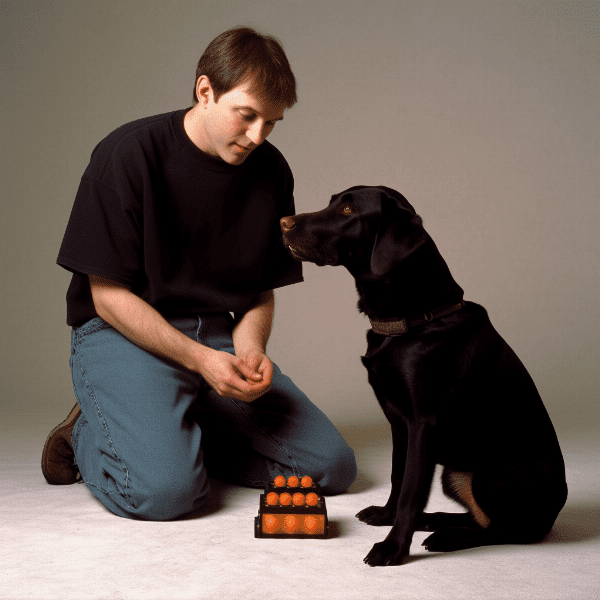
Using Positive Reinforcement Techniques to Reinforce Good Behavior
Using positive reinforcement techniques is an effective way to reinforce good behavior in neutered male dogs and prevent undesirable behaviors such as marking. Positive reinforcement involves rewarding your dog for good behavior with treats, praise, or other rewards. Here are some tips for using positive reinforcement techniques to reinforce good behavior.
Identify the Desired Behaviors
Identify the behaviors you want to reinforce in your dog, such as going to the bathroom outside, playing with toys, or obeying commands. This can help you focus your positive reinforcement efforts on specific behaviors and prevent undesirable behaviors such as marking.
Use Treats and Praise
Use treats and praise to reward your dog for good behavior. When your dog exhibits the desired behavior, immediately reward them with a treat or praise. This can help your dog associate the desired behavior with positive rewards and encourage them to repeat these behaviors in the future.
Use Clicker Training
Clicker training is a type of positive reinforcement training that uses a clicker to signal to your dog that they have exhibited the desired behavior. When your dog exhibits the desired behavior, click the clicker and immediately reward your dog with a treat or praise. This can help your dog learn the desired behaviors more quickly and effectively.
Conclusion
In conclusion, using positive reinforcement techniques is an effective way to reinforce good behavior in neutered male dogs and prevent undesirable behaviors such as marking. Identify the desired behaviors, use treats and praise, use clicker training, and be consistent to establish good behavior and prevent undesirable behaviors. By using positive reinforcement techniques, you can create a happier, healthier environment for you and your furry friend.

Managing Your Dog’s Environment to Prevent Marking
Managing your dog’s environment is an important part of preventing marking behavior in neutered male dogs. By limiting your dog’s access to areas where marking has occurred in the past and using deterrents, you can reduce the likelihood of marking behavior. Here are some tips for managing your dog’s environment to prevent marking.
Limit Access to Problem Areas
Limit your dog’s access to areas where marking has occurred in the past. Use baby gates or closed doors to prevent your dog from accessing these areas, and supervise your dog closely when they are in these areas. This can help reduce the likelihood of marking behavior and prevent future incidents.
Use Deterrents
Deterrents such as bitter sprays or motion-activated alarms can help prevent marking behavior in neutered male dogs. Apply bitter spray to areas where marking has occurred in the past to make these areas less attractive to your dog. Use motion-activated alarms in areas where your dog is likely to mark, such as near windows or doors. This can help discourage your dog from marking in specific areas.
Keep Your Dog’s Area Clean
Keeping your dog’s area clean is essential in preventing marking behavior in neutered male dogs. Clean up any accidents immediately, and use an enzymatic cleaner to remove all traces of urine. This can help prevent your dog from marking in the same area again and reduce the likelihood of marking behavior.
Provide Adequate Bathroom Opportunities
Providing your dog with adequate opportunities to use the bathroom outside can also help prevent marking behavior. Take your dog outside frequently, especially after meals, playtime, or periods of rest. This can help your dog understand where it is appropriate to eliminate and reduce the likelihood of marking behavior inside.
Conclusion
In conclusion, managing your dog’s environment is an important part of preventing marking behavior in neutered male dogs. Limit your dog’s access to problem areas, use deterrents, keep your dog’s area clean, and provide adequate bathroom opportunities to establish good behavior and prevent undesirable behaviors. By managing your dog’s environment, you can create a happier, healthier environment for you and your furry friend.
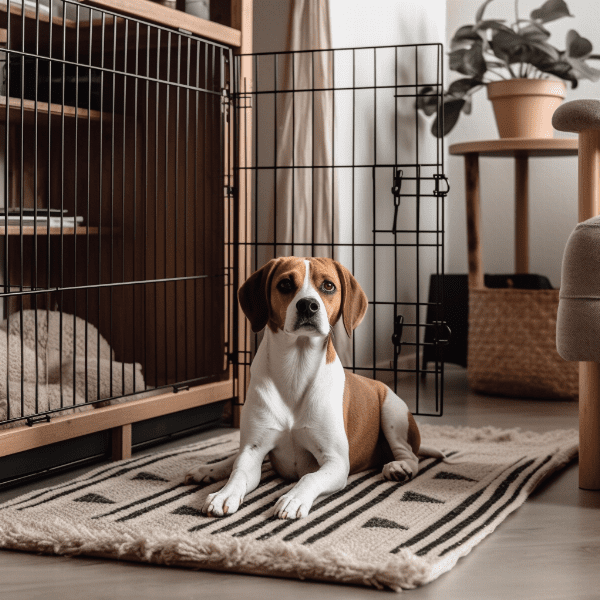
Consistency and Patience: Keys to Success
Consistency and patience are key to preventing marking behavior in neutered male dogs. Changing your dog’s behavior takes time, effort, and consistency, and it’s important to be patient and persistent in your training efforts. Here are some tips for achieving success in preventing marking behavior.
Set Realistic Expectations
It’s important to set realistic expectations when training your dog to prevent marking behavior. Changing your dog’s behavior takes time, and progress may be slow. It’s important to be patient and persistent, and to celebrate small victories along the way.
Be Consistent
Consistency is essential in preventing marking behavior in neutered male dogs. Reinforce rules and boundaries consistently, and use positive reinforcement techniques consistently to reward good behavior. This can help your dog understand what is expected of them and reduce confusion.
Practice Regularly
Regular practice is also essential in preventing marking behavior in neutered male dogs. Practice basic obedience commands, positive reinforcement techniques, and other training exercises regularly to establish good behavior and prevent undesirable behaviors.
Use Positive Reinforcement Techniques
Positive reinforcement techniques are effective in preventing marking behavior in neutered male dogs. Use treats, praise, and other rewards to reinforce good behavior, and avoid punishment or negative reinforcement techniques. This can help your dog associate good behavior with positive rewards and encourage them to repeat these behaviors in the future.
Conclusion
In conclusion, consistency and patience are key to preventing marking behavior in neutered male dogs. Set realistic expectations, be consistent, practice regularly, and use positive reinforcement techniques to establish good behavior and prevent undesirable behaviors. By being patient and persistent in your training efforts, you can create a happier, healthier environment for you and your furry friend.

When to Seek Professional Help for Your Dog’s Marking Behavior
In some cases, professional help may be necessary to address your dog’s marking behavior. If you have tried various training techniques and management strategies and your dog’s marking behavior persists, it may be time to seek professional help. Here are some signs that it may be time to seek professional help.
Marking Behavior Persists
If your dog’s marking behavior persists despite your efforts to prevent it, it may be time to seek professional help. This can indicate a more serious underlying issue, such as anxiety or a medical condition.
Aggressive Behavior
If your dog exhibits aggressive behavior in addition to marking, it may be time to seek professional help. This can include growling, biting, or other aggressive behaviors, and can be a sign of a more serious issue that requires professional intervention.
Medical Issues
In some cases, medical issues can contribute to marking behavior in neutered male dogs. If your dog has been diagnosed with a medical condition, such as a urinary tract infection or bladder stones, it’s important to seek professional help to address these issues and prevent further marking behavior.
Conclusion
In conclusion, professional help may be necessary to address your dog’s marking behavior in some cases. If your dog’s marking behavior persists despite your efforts to prevent it, exhibits aggressive behavior, or has a medical condition that may contribute to marking, it’s important to seek professional help. By working with a professional, you can address the underlying issues contributing to your dog’s marking behavior and create a happier, healthier environment for you and your furry friend.


